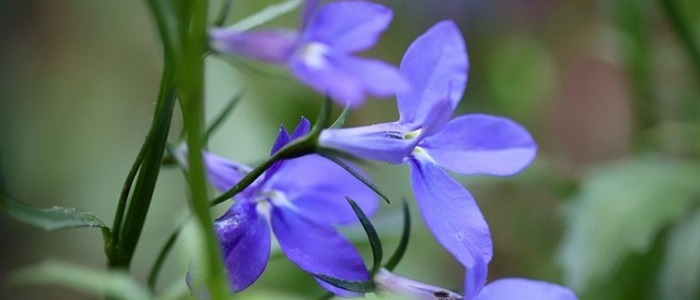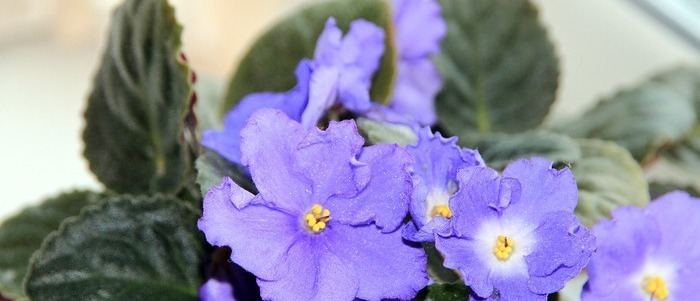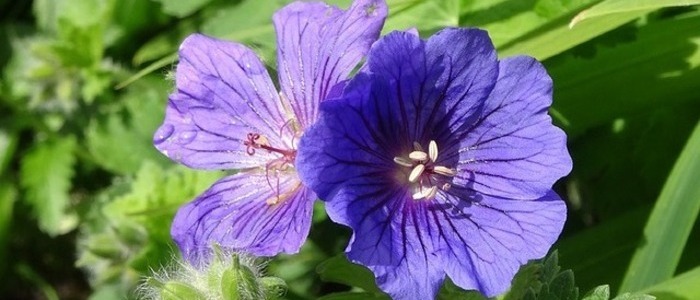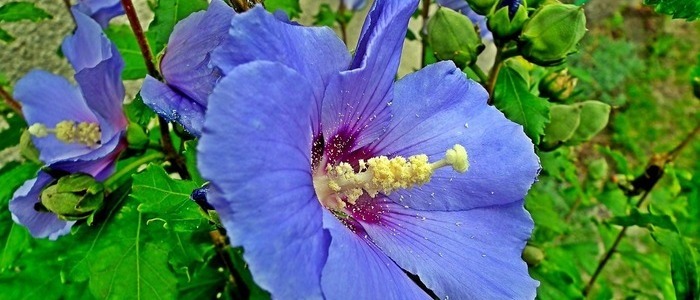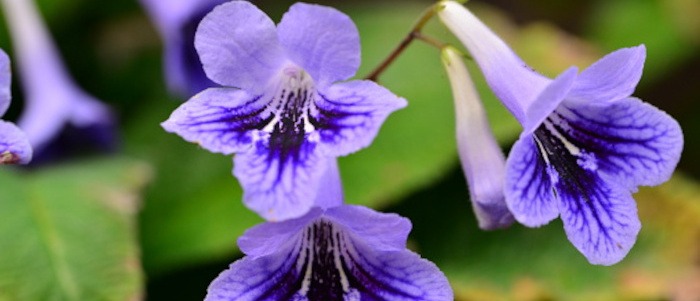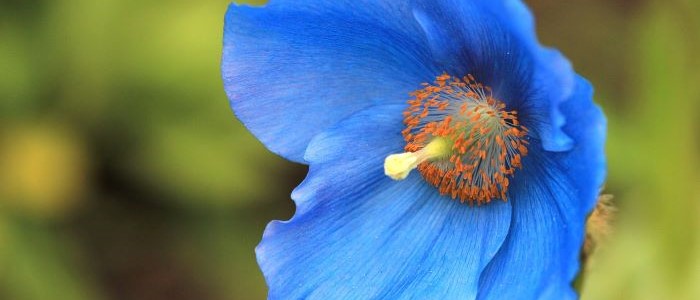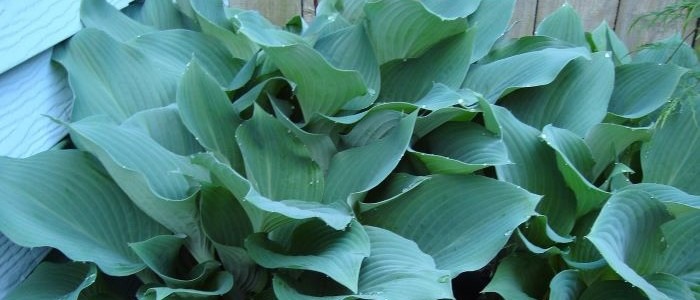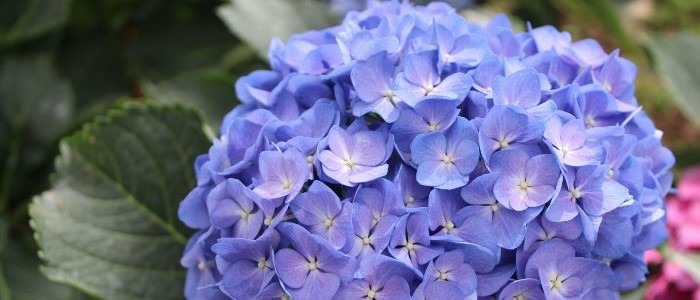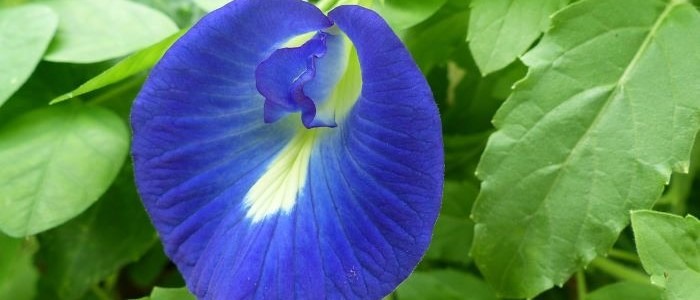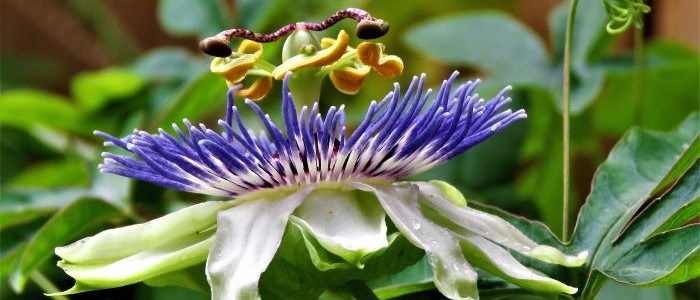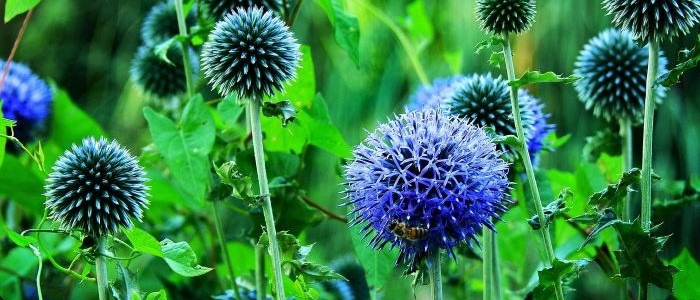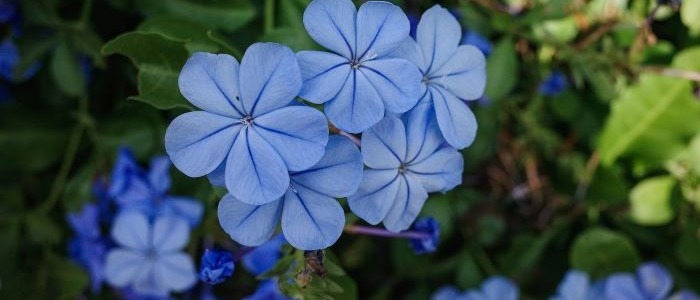The blue skyflower plant (Thunbergia laurifolia) remains a fascinating plant not only for its striking blue petals but also for its unique characteristics. One of the most notable features of the blue skyflower is its ability to thrive in a variety of environments, from dry deserts to humid rainforests.
This adaptability has made it a popular choice for gardeners and landscapers around the world. However, despite its many benefits, the blue skyflower remains relatively unknown to the general public, making it a hidden gem in the world of plants.
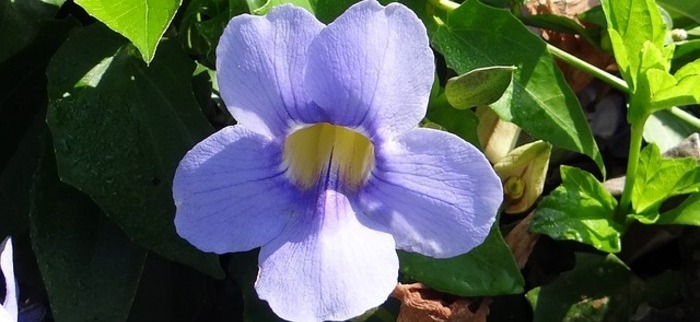
Blue Skyflower Plant Frequently Asked Questions
How do you take care of a blue sky flower?
The blue sky flower needs consistently moist but not waterlogged soil. This can be achieved by watering deeply once or twice a week, depending on the weather and humidity levels. In addition, the plant should be placed in a location with bright, indirect sunlight and protected from the harsh afternoon sun.
How often do you water the blue flower?
As mentioned previously, the blue sky flower should be watered deeply once or twice a week, this depends on the weather and humidity levels. It is important to avoid overwatering, as this can lead to root rot and other issues.
Taking Care of The Blue Skyflower Plant
Tips for growing healthy blue skyflower plants include proper watering, fertilization, and pruning. Watering should be done consistently, but not excessively, to avoid root rot. Fertilization should be done regularly with a balanced fertilizer to promote healthy growth and blooming.
Additionally, it is important to provide the plant with adequate sunlight and well-draining soil. It should also be noted that while the blue skyflower can tolerate some humidity, it does not thrive in overly humid conditions.
It is important to provide good air circulation around the plant to prevent fungal growth and other issues that can arise in humid environments.
If you live in a particularly humid climate, consider growing your blue skyflower in a container that can be moved to a drier location during times of high humidity. By following these tips, you can help your blue skyflower thrive and produce beautiful blooms year after year.
Propagation of the Blue Skyflower Plant
Propagation of the blue skyflower plant can be done through several methods. One of the most common ways is through stem cuttings.
Stem cuttings: Involves taking a cutting from the stem of a healthy blue skyflower plant and planting it in the soil. It is important to make sure the cutting has at least one node, which is where new roots will grow from.
Division: This method occurs, when the plant is carefully dug up and divided into smaller sections, each with its own roots and stems. This is a good option for larger plants that have outgrown their current pot or location.
Seeds: Additionally, some gardeners have had success propagating the blue skyflower plant through seed. However, this method can be more challenging and requires more patience, as it can take longer for the plant to grow and mature.
Regardless of the method chosen, it is important to provide the plant with proper care and attention, including adequate sunlight, water, and nutrients, to ensure successful propagation and growth.
Pruning the Blue Skyflower Plant
The best time to prune your blue skyflower is in the late winter or early spring before new growth appears. It’s important to remove any dead or damaged branches, as well as any crossing branches that may cause rubbing and damage to the plant.
You can also shape the plant by selectively removing branches to encourage a fuller and more compact growth habit. Remember to always use sharp, clean tools and to make cuts at a 45-degree angle just above a healthy bud or branch. Proper pruning will not only improve the appearance of your blue skyflower, but it will also promote healthier growth and more abundant blooms.
Common Problems Found in Blue Skyflower Plant
There are a number of common problems associated with the blue skyflower plant among them are overwatering, pest infestation and temperature changes.
Overwatering: This can lead to root rot In addition to root rot, overwatering can also cause other issues for plants. When soil is constantly saturated with water, it can lead to a lack of oxygen in the root zone, which can suffocate the roots. This can cause stunted growth, yellowing leaves, and even death of the plant. Overwatering can also promote the growth of harmful fungi and bacteria in the soil, which can further harm the plant.
Another issue is pests, such as spider mites and aphids, which can cause damage to the leaves and flowers. In addition, the blue skyflower plant is sensitive to temperature changes and can struggle in extreme heat or cold. It is important to monitor the plant’s environment and make adjustments as necessary to ensure its health and longevity.
.
Conclusion
It’s safe to say that the blue skyflower plant is a lovely addition to any landscape or home garden. It stands out among other flowers thanks to its vivid blue petals and distinctive shape.
It benefits any ecology since it draws bees and butterflies. It is crucial to remember that the blue skyflower plant has special requirements for growth and might not survive in various conditions.
The blue skyflower plant is an attractive and useful addition to any outdoor area. However, for this plant to succeed, it is crucial to do research and provide it with the right care and environment.
Other Blue House Plants
